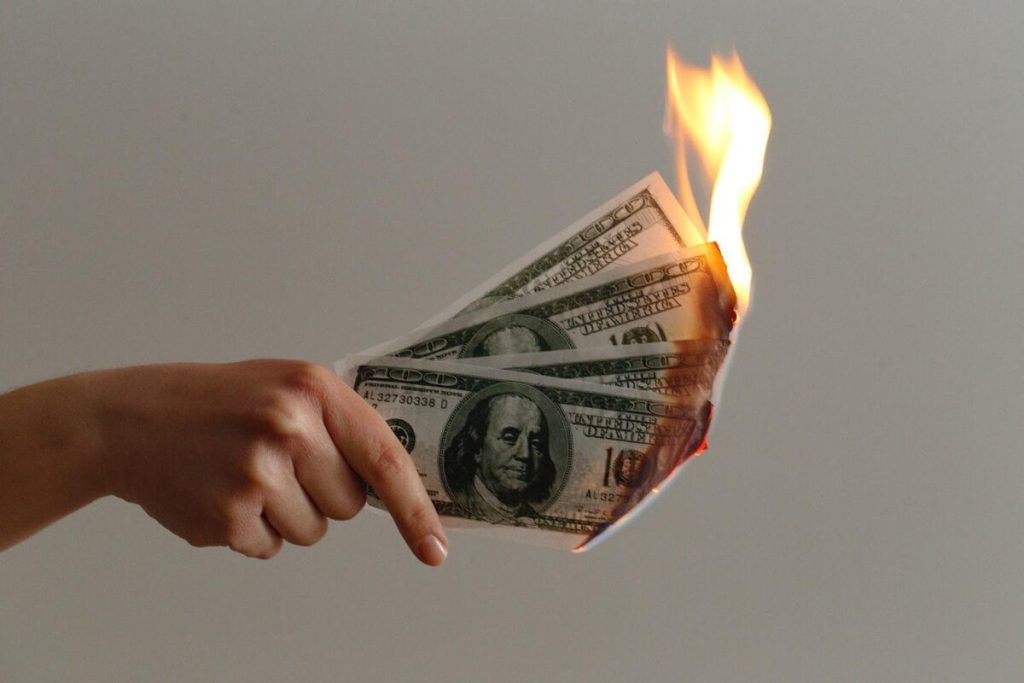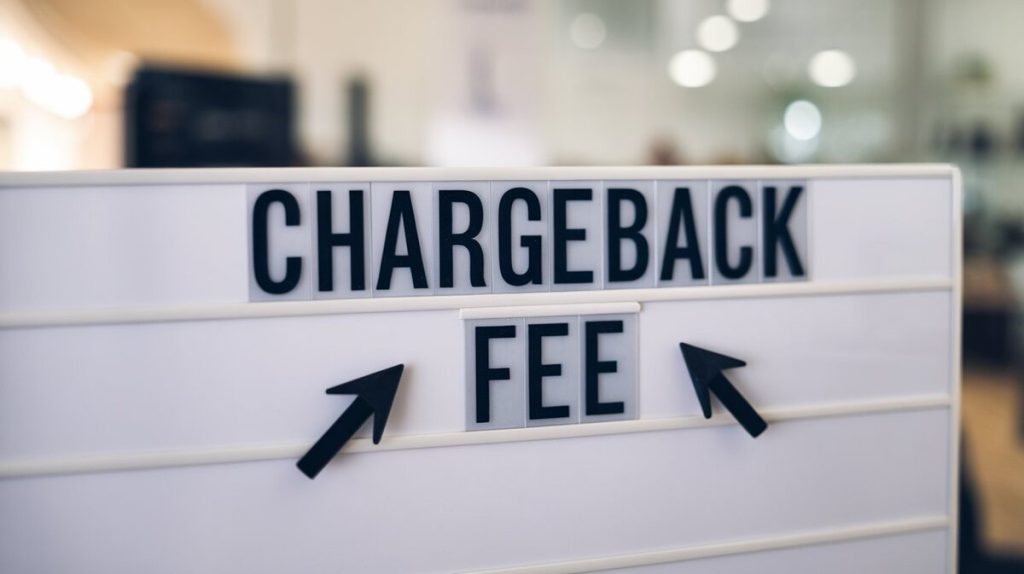Chargebacks are a significant aspect of payment processing, directly impacting merchants’ revenue. A chargeback occurs when a customer disputes a transaction, leading to the reversal of the payment. This process not only involves returning the payment but also incurs additional costs known as chargeback fees.
What is a Chargeback?
A chargeback is a reversal of funds initiated by the cardholder’s bank after a customer disputes a transaction. Common reasons include unauthorized charges, fraud, or dissatisfaction with the product or service. Unlike refunds, which are directly managed by the merchant, chargebacks are handled by the bank, often without the merchant’s consent.
Key Data:
- Global Chargeback Rate: Approximately 0.60% of all transactions globally result in chargebacks, according to Visa.
- Common Reasons: Fraud accounts for 47% of all chargebacks, followed by disputes over product/service quality and billing errors.
Chargeback Process Overview:
- Dispute Initiation: The customer contacts their bank to dispute a transaction.
- Bank Review: The issuing bank reviews the claim and notifies the acquiring bank (the merchant’s bank).
- Chargeback Issuance: If valid, the bank reverses the transaction, deducting the amount from the merchant’s account.
- Merchant Response: The merchant can accept the chargeback or contest it by providing evidence.
- Final Resolution: The bank decides based on the provided evidence.
This process results in a fee for the merchant, commonly referred to as a chargeback fee.
What Are Chargeback Fees?
Chargeback fees are imposed on merchants to cover the administrative costs of processing chargebacks, including investigation and dispute resolution. The amount varies by payment processor and industry.
Common Fee Structures:
- Flat Fees: Many payment processors charge a flat fee per chargeback, typically between $15 and $100. For instance, Stripe charges $15 per chargeback, while Shopify charges $15 for U.S. merchants.
- Percentage-Based Fees: In high-risk industries, fees might be a percentage of the transaction amount.
Factors That Influence Chargeback Fees
- Industry Risk: High-risk industries (e.g., travel, gaming) often incur higher fees due to the increased likelihood of disputes.
- Transaction Type: Online transactions (card-not-present) usually have higher fees than in-person (card-present) transactions.
- Payment Processor Policies: Different processors have varying fee structures. For example, PayPal charges a $20 fee per chargeback, with potential waivers under certain protection plans.
Table 1: Chargeback Fees by Payment Processor
| Payment Processor | Standard Chargeback Fee | High-Risk Chargeback Fee | Waived Under Protection Plan |
|---|---|---|---|
| PayPal | $20 | $30 | Yes |
| Stripe | $15 | $20 | No |
| Shopify | $15 | $25 | No |
| Square | $0 | N/A | N/A |
| Bank of America | $25-$50 | $75 | No |

The Impact of Chargeback Fees on Merchants
Chargeback fees are only part of the total financial impact on merchants. The overall cost of a chargeback includes several elements beyond the fee itself.
Direct Costs:
- Transaction Amount: The initial transaction amount is refunded.
- Chargeback Fee: A fee charged by the payment processor.
Indirect Costs:
- Operational Costs: Costs associated with managing the chargeback, such as labor and time.
- Increased Processing Fees: High chargeback ratios can lead to higher processing fees or even the termination of the merchant’s account.
- Lost Revenue: Beyond the lost sale, future business from the customer may also be lost.
Table 2: Total Cost of a Chargeback
| Item | Cost | Example |
|---|---|---|
| Original Transaction | $150.00 | Cost of a kitchen appliance |
| Transaction Fee (4%) | $6.00 | Processor’s standard fee |
| Chargeback Fee | $25.00 | Stripe’s chargeback fee |
| Product Costs (23%) | $34.50 | Cost of goods sold |
| Operational Costs (20%) | $30.00 | Labor and shipping costs |
| Marketing Costs (35%) | $52.50 | Cost of customer acquisition |
| Total Chargeback Cost | $298.00 |
How to Minimize Chargeback Fees
Reducing chargeback fees involves both proactive and reactive strategies. The aim is to prevent chargebacks and manage them effectively when they occur.
Proactive Strategies:
- Clear Communication: Ensure product descriptions are accurate and all policies are clearly stated.
- Fraud Prevention Tools: Use tools like 3D Secure, address verification services (AVS), and card verification value (CVV) checks.
- Customer Service: Resolve disputes directly with customers before they escalate to chargebacks.
For merchants looking to reduce chargebacks, Merchanto.org offers specialized services as an official partner of VISA and MasterCard. Merchanto.org can help businesses prevent chargebacks and protect their revenue. Learn more here.

Reactive Strategies:
- Timely Responses: Respond quickly to chargeback notifications with all necessary documentation.
- Maintain Records: Keep detailed records of transactions, including receipts, customer communication, and shipping information.
- Contest Valid Chargebacks: If the chargeback is unjustified, present evidence to the issuing bank to reverse the decision.
The Role of Payment Processors
Payment processors play a crucial role in handling chargebacks. Each processor has its own policies and fee structures, making it important for merchants to understand these differences.
Notable Payment Processors:
- Stripe: Known for transparent fee structures and robust fraud protection.
- Braintree: Offers advanced fraud detection tools.
- Checkout.com: Provides detailed chargeback reporting and analytics.
Table 3: Features of Leading Payment Processors
| Payment Processor | Chargeback Management Tools | Standard Fee | Dispute Resolution Support |
|---|---|---|---|
| Stripe | Integrated fraud protection | $15 | Yes |
| Braintree | Advanced fraud detection | $15 | Yes |
| Checkout.com | Detailed reporting and analytics | $25 | Yes |
Industry-Specific Considerations
Certain industries are more susceptible to chargebacks and may face higher fees or stricter monitoring.
High-Risk Industries:
- Travel and Hospitality: Frequent disputes over cancellations and refunds.
- E-commerce: Higher fraud rates, especially in card-not-present transactions.
- Gambling and Gaming: High chargeback ratios due to the nature of the industry.
Conclusion
Chargeback fees are an integral part of business operations, particularly in high-risk industries. Understanding these fees and implementing strategies to minimize them can significantly reduce their financial impact.
Key Points:
- Chargeback fees vary by processor and industry, typically ranging from $15 to $100.
- Minimizing chargebacks through clear communication, fraud prevention, and proactive customer service can reduce costs.
- Selecting the right payment processor and tools is critical for managing chargeback-related expenses.
By staying informed and adopting effective practices, merchants can protect their revenue and maintain strong relationships with payment processors.



